Diary anglers monitoring Anderson Inlet
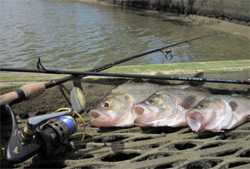
The Victorian angler diary program has been operating in Anderson Inlet since 2005/06 and is currently funded by the Recreational Fishing Grants Program. Volunteer anglers have been contributing detailed information about their fishing trips including their time spent fishing, fishing location,species targeted and caught, fish lengths, number of rods and baits and hook type/sizes used.
Information collected by these volunteer anglers improves our understanding of fish stocks in Anderson Inlet in particular estuary perch by providing information on:
- Abundance of fish. Catch rates (fish caught per angler hour) of key species can be used as a measure of fish abundance. Catch rates can indicate whether there has been an increase or decrease in the population over time
- Health of the fishery. The length and ages of fish caught by anglers indicates the health of the fishery and can be used to forecast catch trends 2 to 3 years in advance
- Profile of the fishery. Angler diarists give an insight into the species targeted and caught in Anderson Inlet as well as Information on which fish are kept and released.
- Local knowledge. Anglers provide their opinions on the status of key fish stocks and comment on trends in fish abundance over the past 5 years.
Angler diarists
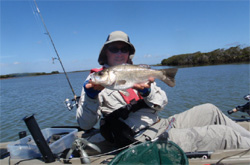
Volunteer anglers contribute to the angler diary program as either a 'research' angler or a 'general' angler. General anglers record information from their normal fishing trips. Research anglers target key species and if necessary alter their fishing techniques to catch the largest possible size range of the targeted species, including undersize fish.
Abundance of fish
Angler diarists recorded 6 trips for estuary perch during 2010/11.
The catch rates (fish per angler hour) of estuary perch in 2010/11 were similar to the previous year and below the average over the past 5 years. On average, diary anglers caught two estuary perch every hour while fishing in the Anderson Inlet during 2010/11.
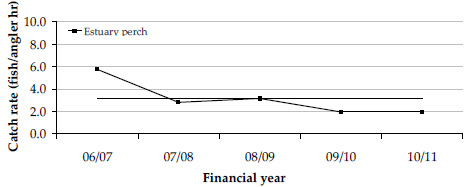
Health of the fishery
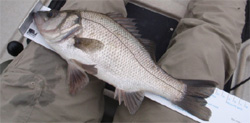
Estuary perch
Data collected by angler diarists in Anderson Inlet suggest that while the population of estuary perch is variable from year to year, they are resilient, in a healthy condition, and showing no evidence of a persistent decline in abundance.
Angler diarists measured 17 estuary perch in Anderson Inlet during 2010/11. The number of trips and estuary perch measured in 2010/11 was low compared to the previous two years. Over the past three years anglers measured 1016 estuary perch in Anderson Inlet, these fish:
- Ranged in length from 9 to 49 cm Total Length (TL)
- Were 0 to 30 years of age; most perch caught were 3 to 10 years old
A longer time series of angler diary information will help to better understand the stock status of this species.
Profile of the fishery
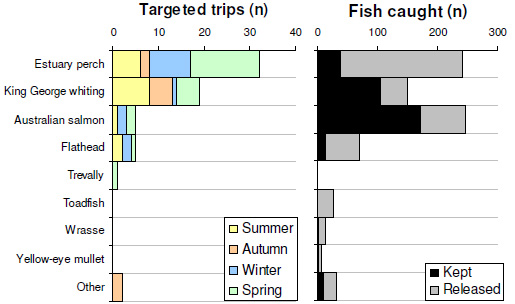
Species targeted and caught by general angler diarists.
Over the past two years:
- 17 general anglers recorded catch information during 64trips in Anderson Inlet. Anglers caught over 750 fish
- Most trips were undertaken by general angler diarists during spring (38%), summer (27%) and winter (22%).Fewer trips were undertaken during autumn (14%)
- Estuary perch and King George whiting were targeted most often (50% and 30% of trips, respectively). Anglers also targeted Australian salmon, flathead, trevally and other species on occasion
- 242 estuary perch, 150 King George whiting and 247Australian salmon were caught. The majority of whiting and salmon were kept. Most estuary perch (84%) were released.
Local knowledge
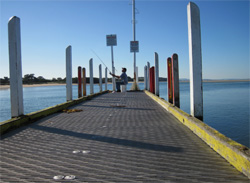
Three angler diarists were asked how last years fishing compared with the previous 3–4 years. Anglers thought:
- The abundance of estuary perch (undersize and legal sized fish) was similar to or had increased last year in comparison to the previous 3–4 years
- The average size of estuary perch (undersize and legal size) were of a similar size or had increased
- None of the anglers thought the average size or abundance of estuary perch had declined last year compared to the previous 3–4 years
- Estuary perch stocks are in good condition.
Get involved
Further information on the Angler Diary Program
If you would like to get involved or need a new diary contact the Fisheries Research Branch on (03) 5258 0111
